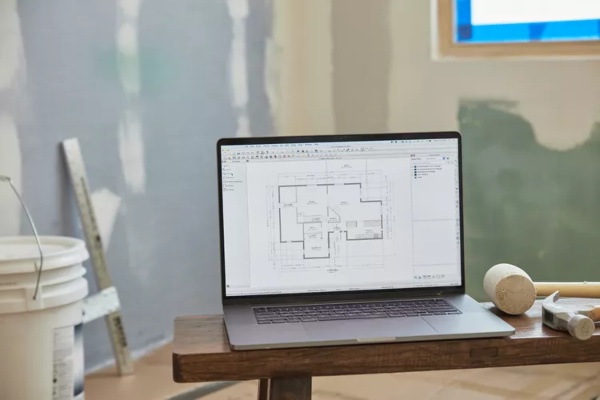House renovation is difficult and time-consuming, mainly when renovating an entire home. When you’re remodeling your whole home, it can upset your mood and tax your budget. However, it is balanced out by the prospect of increasing the resale value and having a better living space and a home that you will enjoy living in.
It is necessary to understand what you’re doing and getting into when renovating your entire home. Having a look at the elements and the basics of a major home renovation will give you a sense of what is required and help you plan the project more efficiently and effectively.
Design and Plan
No matter, if that is a sketch on plain paper or a complete set of architectural plans, starting house renovation with a complete sense of your objectives and how you will achieve them, is so important. As the saying goes ”Prevention is better than cure,” it is always best to identify and correct mistakes and mishaps in the planning stage, earlier than the remodel takes physical form.
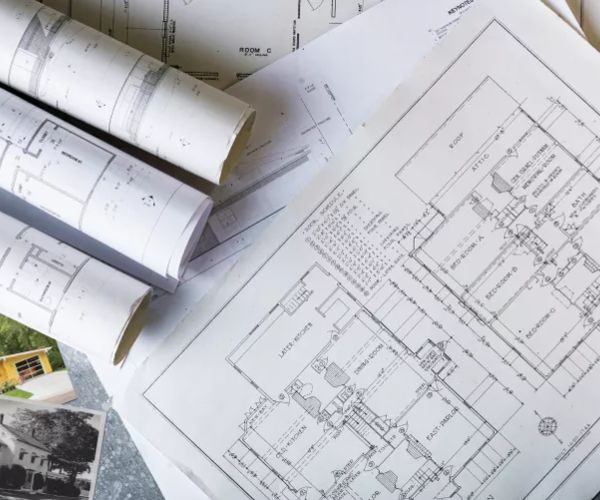
You may want to do some tasks yourself. So, draw up a basic list of do-it-yourself projects and projects you want professionals to do vs. those that you think you may want to do by yourself. Look for contractors and subcontractors. Normally, these are electricians, plumbers, structural carpenters, and foundation companies—the majority of the work.
Also, Read Ways to Make Your House Feel Like a Home!
Note
While the process we described here is linear, home renovation is not linear in itself despite following this overall narrative. That being said, many processes either a little or completely overlap or happen in reverse because it’s a necessity.
Preliminary Projects
It is hard to start the home renovation task until you have completed other projects first. All necessary projects must be done beforehand so that subsequent projects are not hampered by them.
- Foundation and structure: Understand the foundation and any structural problems. Secure the foundation and make massive foundation repairs to places such as weakened walls, joists, and carrying beams.
- Roofing: Repair or replace the roof to protect and secure the work below.
- Siding: Either fix or replace the siding. If the siding is damaged enough to allow water infiltration, repair or replace the siding. If not seriously damaged, leave the job for later.
- Windows: Fix or replace any windows that are so damaged that they might leak water to the inside. If not seriously damaged, leave the window repair or replacement for later in the process.
Funding
This is important. Know what will be your budget for your renovation. Small renovation tasks like single-room or remodeling a bathroom or kitchen or painting and flooring can be funded with cash. Whole-home renovations, on the other hand, are normally large, expensive, and time-consuming, and a lot of funding is required.

Unsecured home improvement loans normally start from a $50,000 to $100,000 lending limit. These loans close quickly for qualified borrowers but their interest rates are higher than secured loans. HELOCs, or home equity lines of credit, are the types of secured loans that use your home’s equity as security. They have lower interest rates than personal, unsecured loans.
Permits
Apply for permits for the jobs that you want to take on. If you’re hiring a contractor, they will most probably take care of the permits for you and will meet with inspectors during the process. Remember that if you apply for your own permits, you will have to handle all arrangements by yourself like application, inspections, and filling out the permits (taking them to completion).
Demolition
You have to demolish and dispose of sections of your house that will be replaced by new ones in later projects. This is a serious undertaking that many homeowners overlook until it is time to begin the project. Renting a huge container for waste is essential. Gently demolish all or some areas of your house that are going to get a renovation. If you will not be living in the house, we recommend demolishing as much as possible.
Warning
Take caution when demolishing surfaces coated with lead-based paint as asbestos which is normal in older houses can cause a health issue. It is therefore a great idea to contact a professional to help with anything that has asbestos or lead-based paint.
Structural Carpentry
Carpentry that supports other work is called structural carpentry which includes moving walls, constructing new walls, adding beams to support a great weight upstairs, adding new doors and removing the existing ones, adding new window frames for construction, or enlarging the window opening.
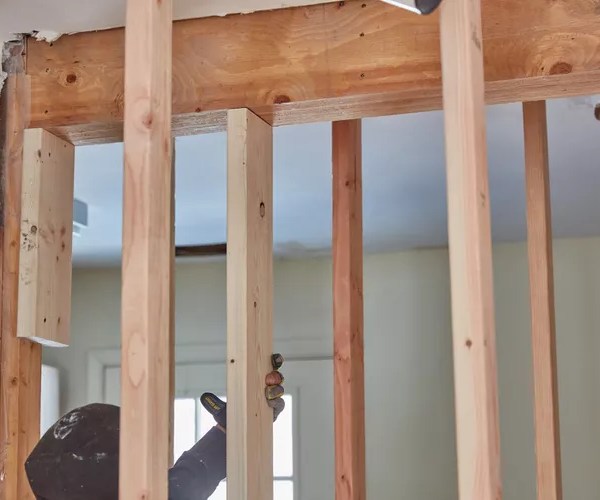
Most of these projects can be done by an enterprising DIYer but some tasks like enlarging window openings, might require a contractor’s expertise.
HVAC, Electrical, and Plumbing
HVAC, electrical, and plumbing are important services that need to be installed when the walls and ceiling are open. Open walls and ceilings allow the HVAC company to install ductwork for central heating and air conditioning easily. It also helps electricians and plumbers to run new electrical and plumbing systems.
Note
In many places, building code needs that only those professionally licensed to do the work that can handle this part of the renovation properly. Learn the requirements in your area.
Window Installation
Window installation, whether whole-house or partial, almost always has an important role to play in a home renovation project. Installing new construction or replacing windows is a task that you should leave in the hands of professionals.
Insulation and Drywall
Note that the insulation must go in before the drywall goes up. Check the options for insulation and plan to use different types for different areas of the house. You will need it in the walls and attic and that you might be able to do yourself.
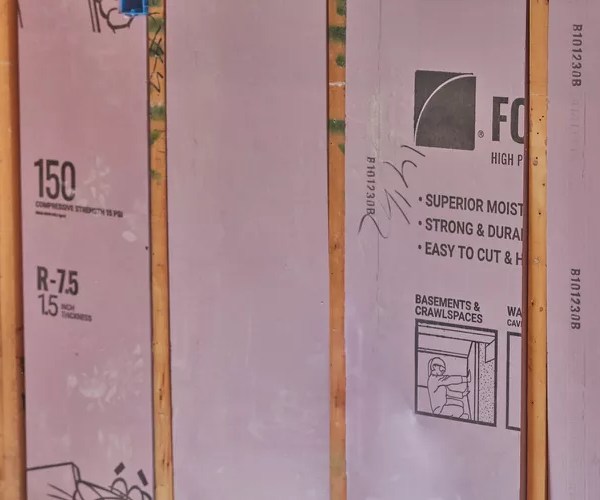
Note
Before closing up the walls, an electrical inspector must give a second inspection (and perhaps the plumbing inspector). They will give you the go-ahead to close up the walls.
The walls will be covered with drywall which if you don’t know is the process involving hanging, mudding, and sanding the drywall. Repeat the mudding/sanding process until the surface is smooth and seamless. Normally, once is enough. Applying too much drywall mud, too little, or laying it down sloppily means multiple muddings and sanding and that won’t be good.
Fine carpentry
Carpentry enters that is not supportive: baseboards, molding, trim around windows and doors, and built-in elements, such as bookcases or breakfast nooks. Fine carpentry plays a role in giving your house that finished touch.
Paint
Towards the end of the project, painting the walls or adding wallpaper is the work. Many homeowners can do the job of painting interior walls, hanging wallpapers, painting molding trim or string and sealing trim. These detailed surface finishes should be the last work you do indoors.
Floor Installation
Install floor covering inside the house and pick laminate, solid hardwood, engineered wood, or carpet for bedrooms and living areas. Choose vinyl, tile, or marble for bathrooms and kitchens. No matter what flooring you choose, install them as late as possible in the renovation process as that will save your flooring from major damage.
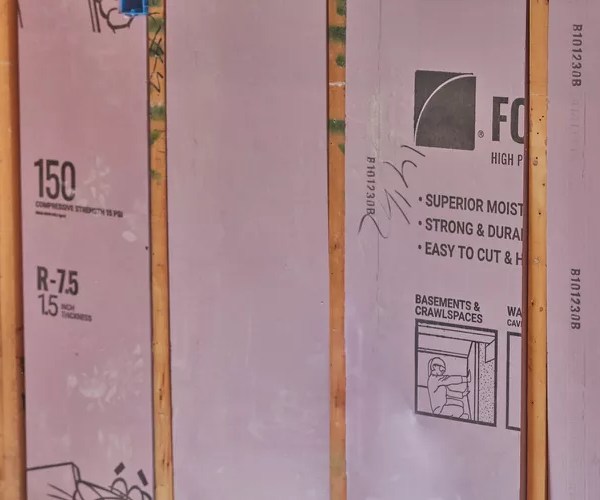
Note
Floor covering is a whole-house renovation task that many homeowners decide to do by themselves just for the sake of saving money.
Exterior Work
After the interior part is done, work on the exterior of the house. Install gutters and siding. Think of external renovations that might be related to the house like adding a front porch or sunroom, or adding a detached garage or swimming pool.
FAQs
Q: How long do you need a house renovation?
A: If you’re re-structuring your entire first floor – including new flooring, painting, and a new kitchen – we’d take this a whole home renovation. On average, these major projects can take anywhere from nine to twelve months to complete.
Q: Why is home renovation needed?
A: A renovation can fix safety issues, such as a faulty electrical system, a leaky roof, or a crack in the foundation. It also can upgrade your home to be more energy-efficient, give you more usable space, or update your style and decor.
Q: How often should a house be renovated?
A: If in good condition, it is recommended you remodel every 15-20 years, although you should do it sooner if your house is in disrepair of any kind. If you feel enough time has passed where your home’s decor is outdated and not in style anymore, remodeling can bring your home up to date.
Also, Read What is Borax? Know its amazing benefits to use around your houses
